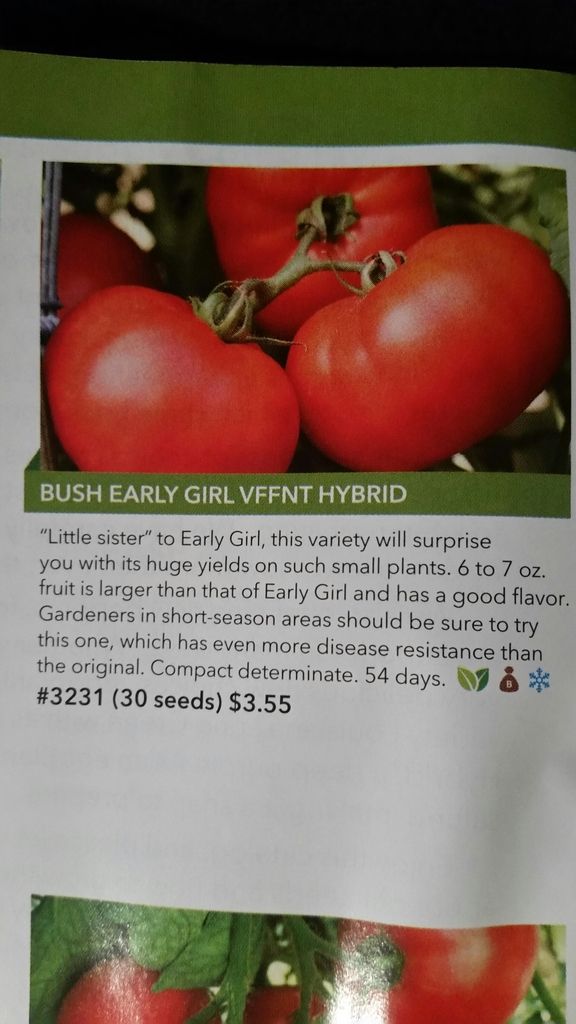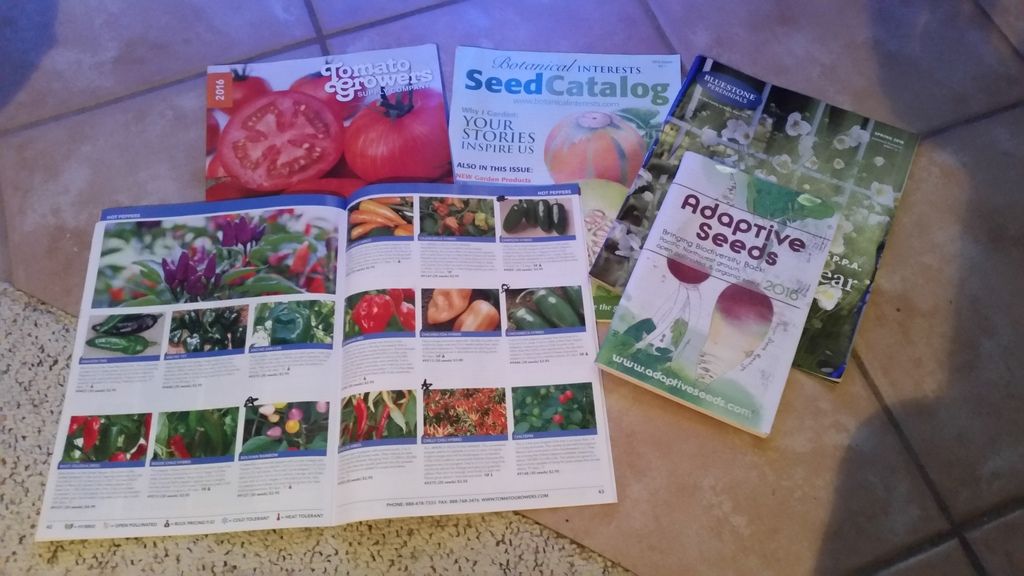Now that February is here, for us Northern gardeners it's time to start thinking about what you would like to grow in your garden. Hopefully you've already ordered some catalogs, if not here's a good site to get some free ones. homegardenfreebies
First thing to do is to look at what Hardiness zone you're in. What is a Hardiness Zone?
A hardiness zone is based upon the average low temperatures for any given area. Ranges of temperature are then given a zone number such as 2, 3, 4 and so on. If you are in an area that falls between two zones then the number will be an "a" or a "b" after the number depending on which category it most represents.
A closer look at Michigan. (that's where I'm at)
I'm in zone 6a,~ 6b, near the Detroit area.
6a means that I am in zone 6 and may experience some temperatures like that of zone 5. 6b means that I'm in zone 6 but may experience temperatures like that of zone 7. Some maps may list zones as only numbers with no letters, while some maps may have only 6 and 6b, no 6a.
 Not many people know this but there is also a Heat Hardiness zone map that tells how many average days a given area gets temperatures above 86 degrees F. Why is this important you may ask? Plants start suffering more damage at this temperature. The ground dries out faster and plants can get sun scald quicker and among other things.
Not many people know this but there is also a Heat Hardiness zone map that tells how many average days a given area gets temperatures above 86 degrees F. Why is this important you may ask? Plants start suffering more damage at this temperature. The ground dries out faster and plants can get sun scald quicker and among other things.I'm in Zone 5 for heat. My area gets 30 to 40 days that the temperatures gets above 86 degrees. Some plants can take heat and some can not. I can get away with plants that do better in warmer climates by putting them in the sun in the early summer. I may be able to grow plants that are cool weather plants by growing them in more shady areas to stay out of the heat of summer. Its a thing that can be played with. You're welcome to experiment and try these things. It's fun. Be sure to keep a garden journal to record your progress of such experiments.
Now that you've found your hardiness zones, time to dive into those seed catalogs.
Seed catalogs may or may not say the zones plants are good for depending on if the catalog is sent across the country or if it's made just for its local area. Always good to check first.
Seed catalogs will be divided into sections such as veggies, herbs, flowers, and then categorized even further by tomatoes, peppers, corn, annuals or perennials and then by specific plants.
 You may notice in the description of a plant there reads, for example, 54 days. This means the plant reaches maturity 54 days after transplanting out seedlings. This does not account for germination, which can take up to 4 weeks, and this also does not include getting the new seedling to transplanting size, which can be 4 inches or more depending on the plant species. Plan to spend 6 to 8 weeks more than the 54 days growing your plants from seeds either indoors or direct sow into the garden beds. Plan your seed growing according to how long of a growing your area has. You don't want to start sunflower seeds that take 120 days to mature into full flowers when you only have 80 growing days in your season.
You may notice in the description of a plant there reads, for example, 54 days. This means the plant reaches maturity 54 days after transplanting out seedlings. This does not account for germination, which can take up to 4 weeks, and this also does not include getting the new seedling to transplanting size, which can be 4 inches or more depending on the plant species. Plan to spend 6 to 8 weeks more than the 54 days growing your plants from seeds either indoors or direct sow into the garden beds. Plan your seed growing according to how long of a growing your area has. You don't want to start sunflower seeds that take 120 days to mature into full flowers when you only have 80 growing days in your season.Some plants are hybrids. this means that the plant has been bred with certain strains that show disease resistance. this sample from Tomato Growers Supply shows the letters VFFNT in the name. These letters mean that this plant hybrid is resistant to verticillium wilt, 2 strains of Fusarium wilt, Nematodes, and Tobacco mosaic virus. I personally believe its better to have these hybrids available because they are easier for the gardeners to grow and you are not using chemicals to fix the problems that you may have with less resistant varieties.
Other than these few tips, what you want to grow in your garden is totally up to you. Get lots of catalogs, do some research and have fun finding new and amazing varieties to try at home.
If you have questions please leave them in the comments and I will be sure to answer them for you. Or if you would like to write about a certain topic let me know.
Good luck and happy planting!
Shannon




No comments:
Post a Comment